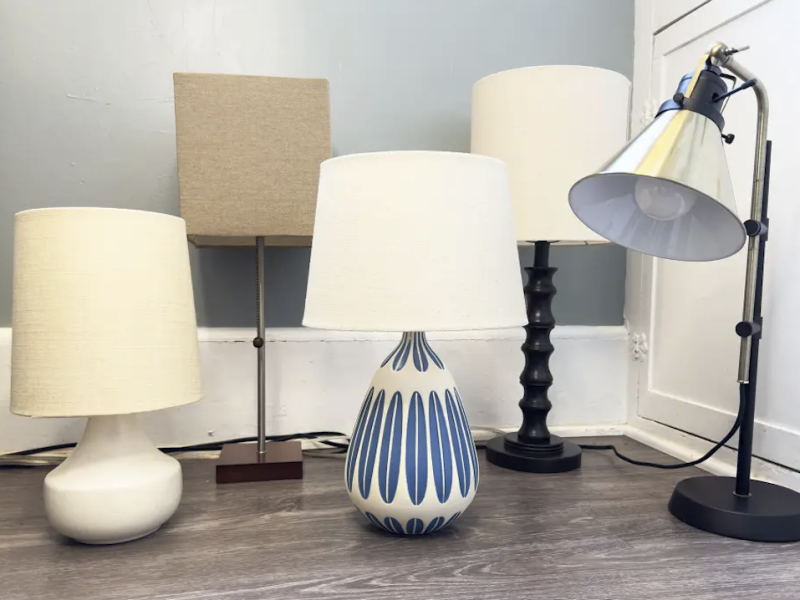Room meaning refers to the physical space enclosed with walls within a building, and it can also be used to describe an activity or mood. It can be a conference room where business deals are made, a living room where families gather, or the bedroom where you go to sleep every night. The word “room” also can be used as an adjective to describe a particular part of a house, such as the kitchen or the den.
A good sleeping environment is a crucial factor in getting a restful night’s sleep. While there are many habits you can change in your bedroom to promote better rest, a major step is ensuring that the room is designed with sleep in mind. That means making sure that there is enough room for your bed and other necessary furniture, ensuring that there are no distractions and that the lighting is appropriate for sleep.
In addition, you should remove any items in the bedroom that are not specifically for sleeping or intimate activities, such as work materials, entertainment devices (like televisions and tablets) and electronic devices that transmit notifications. Keeping these items out of the bedroom will help your brain associate the room with sleep and relaxation. Similarly, you should avoid eating in the bedroom, as this can disrupt your sleep and can cause stomachaches.
If you must have a TV in your bedroom, make sure that it is turned off at least an hour before you go to sleep. The blue light on the screen stimulates the brain, and it can interfere with sleep. It’s a good idea to have a separate media room for watching TV and playing video games.
Dark rooms are better for sleep, but it can be a challenge to create one. If you cannot paint your room a dark color, consider using blackout curtains or blinds. The white noise these items can provide will help block out distracting sounds that might keep you awake.
Shades of blue and green, or cool colors, have been found to be the most soothing for a good night’s sleep. However, repainting a bedroom can be a significant undertaking, so you can add pops of these colors with accessories like pillows or artwork.
It’s best to avoid the bright, intense hues of red in a bedroom, as this color is associated with anger and aggression. It is also known to raise blood pressure and heart rate, which can make it hard to relax.
Orange, on the other hand, is considered a happy and energetic color. You can add touches of orange to your bedroom in the form of pillows, blankets and rugs, but be careful not to paint your walls this shade. Light shades of orange can be calming, while bolder ones can stimulate the senses. When you are ready to paint your bedroom, be sure to test out the color on a small area of wall before committing to it. If you find that it’s too stimulating for a sleep-friendly room, try a soft yellow or neutral.


